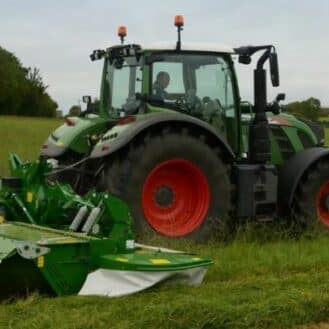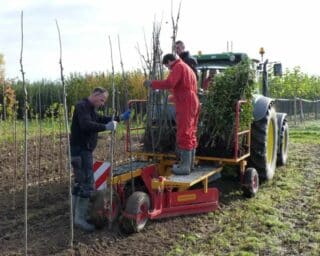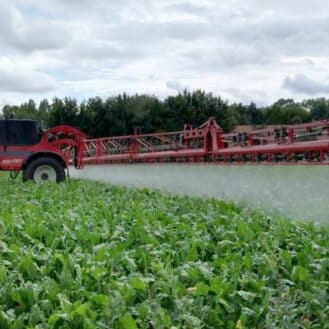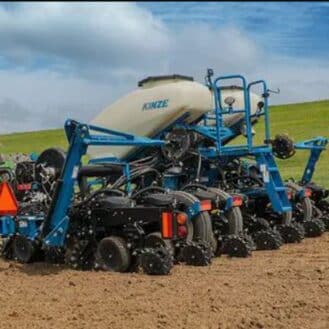It’s necessary to consider whether you need a manual or automatic machine. A manual transplanter is a manually operated machine that allows operators to transplant seedlings in rows. The machine has the capacity to work in 2 to 5 rows at a time, with 2 to 5 seats for the operators. The output of this type of machine varies between 5,000 and 12,000 plants/hour.
An automatic transplanter has an automatic distribution system with movements actuated by pneumatic cylinders which are synchronized by a programmable logic controller (PLC). These transplanters can have a pneumatic or an electro-pneumatic distribution, and they are precise, fast and efficient machines. The yield reaches 24,000 plants/hour. This type of machine allows a distance of up to 14 cm between plants and up to 31 cm between rows. The supply for planting is carried out in rows of strip seedlings.
- Less maintenance required
- Less expensive
- Requires a greater number of operators
- Transplanting precision depends on the operators
- More expensive
- More efficient
- Allows for greater precision in terms of distance and depth for more uniform planting

Manual transplanter – OLIVER AGRO SRL
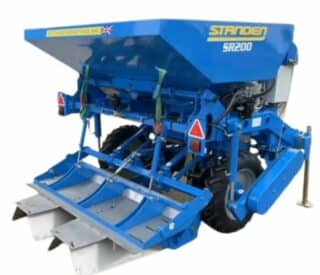
Automatic transplanter – Standen Engineering
